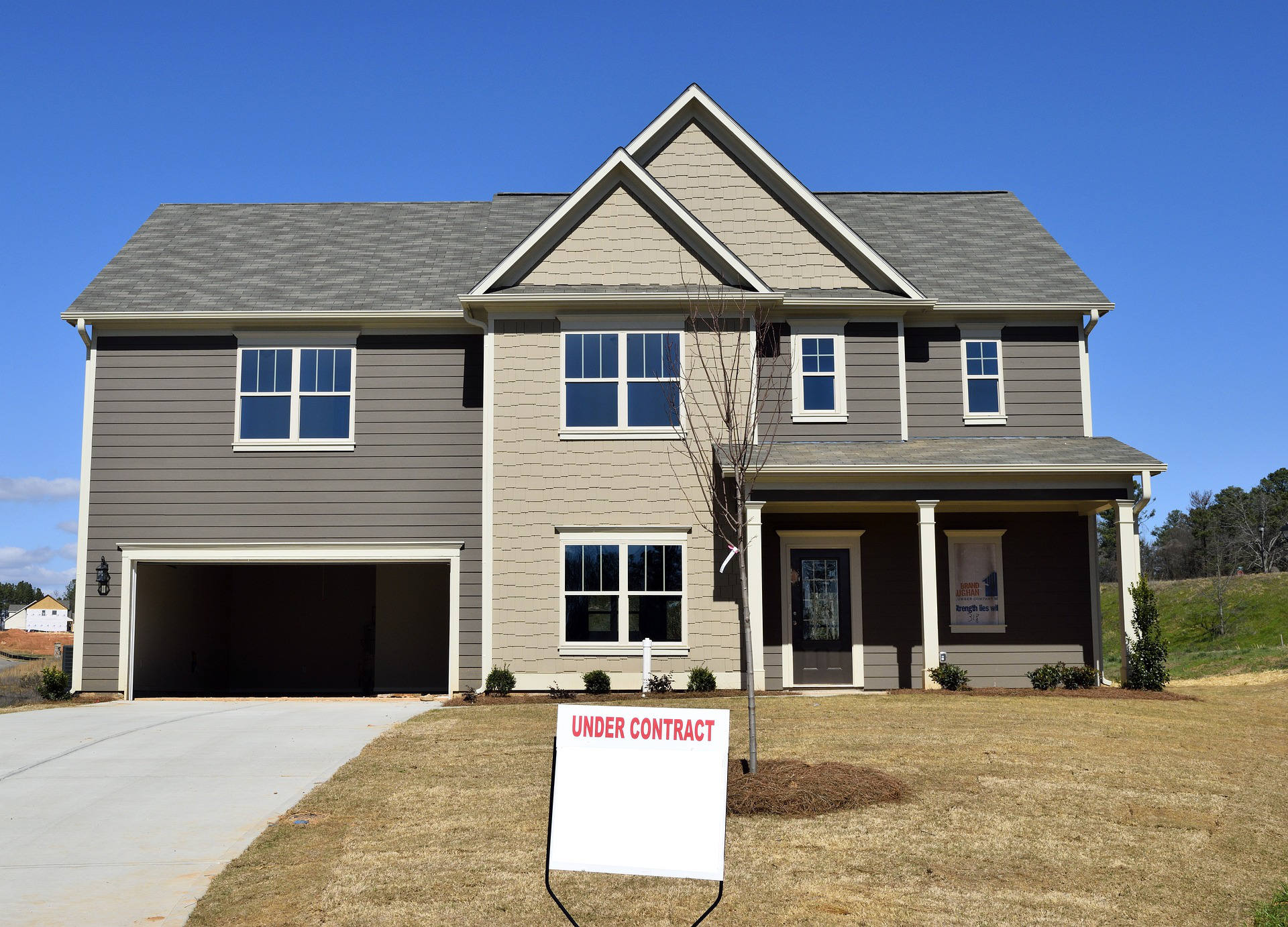Radon is a silent threat that often goes unnoticed in many homes. This dangerous, cancer-causing gas can seep into your living space without any immediate signs or symptoms. As temperatures drop, the radon concentration in the soil often increases, heightening the risk of exposure. This comprehensive guide aims to educate homeowners about the risks of high radon levels and the critical importance of regular testing.
What is Radon, and Why is it Dangerous?
Imagine settling into your dream home in a serene neighborhood, only to discover a hidden danger lurking in the air you breathe. Radon is a radioactive gas that our senses cannot detect—you can’t see, smell, or taste it. Because of its undetectable nature, professional testing is the only way to identify its presence in your home.
Regular radon testing is essential because Radon is pervasive, and nearly every home in the United States has some level of it.
Exposure to high levels of radon is a health risk. Radon can infiltrate any home, regardless of age, location, or structural integrity, through small cracks in the foundation. We’ve seen cases where homes in areas without any history of radon issues have surprisingly high levels. Additionally, colder weather can exacerbate radon levels, making winter months particularly risky.
Understanding Radon Levels and Safety Guidelines
Homeowners must understand how radon levels are measured and what they mean for their safety. The Environmental Protection Agency (EPA) has studied radon levels and what threshold is tolerable to people.
Four pCi/L and Below
While no radon level is considered entirely safe, levels at or below four pCi/L are generally acceptable, and immediate action may not be necessary.
Between 4 pCi/L and eight pCi/L
The EPA recommends reducing radon levels in this range to protect your family’s health.
Above eight pCi/L
Radon levels at or above eight pCi/L are dangerous, and immediate action should be taken to lower these levels to prevent serious health risks.
Health Risks of High Radon Levels
It is important to keep in mind there is a health risk in exposure to radon. Here are some of the health problems linked to prolonged exposure to high radon levels:
Lung Cancer
The second most common cause of cancer of the lung is long-term exposure to radon in elevated levels in the United States. This is particularly significant as it accounts for thousands of deaths annually, second only to the impact of smoking.
Respiratory Problems
Some symptoms like wheezing, coughing or shortness of breath can be traced back to radon as it may irritate the respiratory system. This is especially tru for people with pre-existing respiratory conditions.
Potential Cardiovascular Issues
There is more research needed to fully understand, but some studies indicate a connection between cardiovascular problems and radon exposure.
Impact on Children’s Health
Children exposed to high radon levels may face an increased risk of respiratory infections, and their lung development may be compromised.
Increased Risk for Smokers
People who both smoke and are at risk for radon exposure is doubly hazardous, significantly raising the risk of lung cancer.
How Does Radon Enter Your Home?
Radon can enter your home in several ways:
Through the Soil
The most common source of Radon is the soil beneath your home. Radon gas is released when the uranium found in soil breaks down naturally. It may enter your home through cracks and openings in the foundation.
Well Water
Radon can be in the water supply your home uses well water. Activities such as showering, cooking, or doing laundry can release Radon into the air from the water.
Building Materials
Certain materials, like concrete and granite, can contain trace amounts of uranium or radium, contributing to indoor radon levels.
The Impact of Cold Weather on Radon Levels
A common question among homeowners is whether cold weather can affect radon levels. The answer is yes—cold weather can significantly impact indoor radon levels for several reasons:
Frozen Soil Conditions
In cold weather, the ground freezes, trapping radon gas beneath the surface. Changes in air pressure can cause this trapped Radon to enter your home.
Reduced Ventilation
During winter, homes are sealed tightly to conserve heat, reducing ventilation and trapping rRadonindoors, leading to higher concentrations.
Indoor Activities
People spend more time indoors during cold weather, increasing exposure to any radon present.
Stack Effect
The stack effect occurs when air that is warm rises and travels to the upper areas of the home, creating a vacuum that pulls Radon from the ground into lower levels.
Lower Humidity
The lower humidity levels of cold air influences radon levels by making indoor air denser and more likely to accumulate radon gas.
Causes of Radon Level Spikes
Radon levels in a home can fluctuate and occasionally spike due to several factors:
Soil Composition
The soil type beneath your home can impact radon levels. Homes built on soil with higher concentrations of radioactive elements like uranium or radium are connected to radon spikes.
Cracks and Openings
Radon can enter through cracks in the foundation or gaps around pipes. The number and size of these entry points can affect indoor radon levels.
Foundation Type
Homes that are fitted with either basements or crawl spaces often have higher radon levels than those built directly on a slab.
Ventilation
Poor ventilation can trap rRadonindoors, leading to higher concentrations, especially in basements or closed-off rooms.
Preventing Radon Exposure
To minimize the risk of radon exposure, consider the following tips:
Regular Testing
Conduct radon tests every few years or during significant renovations.
Mitigation
Consider professional mitigation services to reduce exposure if elevated radon levels are detected.
Sealing Cracks
Seal cracks and openings in your home’s foundation to prevent Radon from entering.
Water Testing
If you use well water, have it regularly tested for Radon
The Importance of Regular Radon Testing
Testing for radon is essential for maintaining a safe home environment. Testing can protect your family from the severe health risks associated with radon exposure, such as lung cancer and respiratory problems. Regular testing also helps ensure your home maintains its value and provides peace of mind that your indoor air quality is safe. You are taking proactive measures against Radon, which is critical to creating a healthier living space for you and your loved ones.
Frequently Asked Questions
Does Humidity Affect Radon Levels?
Lower humidity can make indoor air denser, which might cause Radon to concentrate, though humidity is not a primary factor.
Why Are Radon Levels Higher in Winter?
Factors like frozen ground, reduced ventilation, and increased indoor activities during winter contribute to higher radon levels.
When Are Radon Levels Highest?
Radon levels often peak during winter due to sealed homes, reduced ventilation, and other seasonal changes.





